Describe the Infection Cycle and Summarize Three Methods
There are a few general ways that germs travel in healthcare settings through contact ie touching sprays and splashes inhalation and sharps injuries ie when someone is accidentally stuck with a used needle or sharp instrument. Many viruses follow several stages to infect host cells.

Influenza Virus Infection Cycle Basic Structural Features Of An Download Scientific Diagram
List six links of the chain of infection.

. The Main Routes Infection can Enter the Body are. Penetration inhalation or ingestion. Blood urine pus saliva from one person enters the body of another eg.
Through contaminated substances entering the. HIV spreads throughout the body and attacks specialized. Entry can be subdivided into attachment penetration and uncoating.
Many viruses target specific hosts or tissues. Body defenses are weak. The lytic cycle leads to the death of the host whereas the lysogenic.
Syphilis HIV etcThrough saliva eg. The influenza reproductive cycle. Exposure occurs in three principal ways.
Many viruses target specific hosts or tissues. Contact moves germs by. Body fluids A body fluid eg.
Large numbers of the pathogen invade the body. Some may have more than one host. The first step in the cycle of infection is that the invading parental virus virion must attach to the surface of the host cell.
Bacteriophages have a lytic or lysogenic cycle. Attachment penetration uncoating replication assembly and release Figure 1. Transmission of infection Dr.
Methods of infection transmission 1. Virus life cycle can be divided into three stages. The Main Routes Infection can Enter the Body are.
Describe the infection cycle and summarize three methods that you can use to break the chain of infection in a medical facility The germs travel from one host to another spreading until they die. In influenza virus infection glycoproteins on the capsid attach to a host epithelial cell. The lytic cycle leads to the death of the host whereas the lysogenic.
Break the Chain of Infection Learn how healthcare professionals can break the chain of infection. Most productive viral infections follow similar steps in the virus replication cycle. Occurs when there is physical contact between an infected personcontaminated object and another person.
In order to provide proper care for patients with communicable diseases or infectious organisms you should understand the components of infection and the methods to control the cycle of infection. Summary Virus life cycle. A reservoir such as a human and an agent such as an amoeba.
Define chain of infection. The chain of infection has 3 main parts. Key Concepts and Summary.
If we understand this chain and remove or inhibit one of the links we can control the infection. These stages include attachment penetration uncoating biosynthesis maturation and release. Following this the virus is engulfed.
1 inhalation of very fine respiratory droplets and aerosol particles 2 deposition of respiratory droplets and particles on exposed mucous membranes in the mouth nose or eye by direct splashes and sprays and 3 touching mucous membranes with hands that have been soiled either directly by virus-containing respiratory. The CDC list three stages of HIV. Human becomes susceptible host in some instances a.
The infectious agent reservoir portal of exit mode of transmission portal of entry and susceptible host. These early stages of HIV infection are also known as acute HIV infection. The reservoir is the patient or person animal suffering from the disease.
The infectious agent can be neutralized or destroyed by Treatment. Through direct contact where the infection travels to another person through touch. This can happen in two ways.
There are three modes of transmission. Many viruses follow several stages to infect host cells. Describe the infection cycle and summarize three methods that you can use to break the chain of infec- tion in a medical facility.
The cycle of infection can be broken at any link of the chain A. Entry genome replication and exit. CYCLE OF INFECTION Prevention and control of infection is of vital importance to the patient as well as to health care personnel.
ILOs By the end of this lecture the students will be able to. Key Concepts and Summary. Some may have more than one host.
The human body has several natural protective mechanisms to defend itself from infections. In the second step the intact virion either penetrates the outer membrane and enters the cells interior cytoplasm or injects the genetic material of the virus into the interior of the cell while the protein capsid and envelope if present remains at the cell surface. Exit can be subdivided into virion assembly and release.
These stages include attachment penetration uncoating biosynthesis maturation and release. The six links include. Such a person or an animal is the carrier of a particular infection.
Describe the characteristics of the five groups of pathogenic microorganisms. That the organism will cause an infection are virulence ability to multiply and grow invasiveness ability to enter tissue and pathogenicity ability to cause disease. Entry of the pathogen can take place in one of three ways.
The reservoir host must maintain personal hygiene. Up to 24 cash back 3. Bacteriophages have a lytic or lysogenic cycle.
Infectious agent is the pathogen germ that causes diseases. Entering a body shows degenerative or communicable or infectious damage or changes to a structures physiology or biochemistry. A reservoir such as a human and an agent such as an amoeba.
RESERVOIR The place where the microorganism resides thrives and reproduces ie food water toilet seat elevator buttons human feces respiratory secretions. The infection cycle is like chain of events which link the infectious process in a logical sequence. The mode of transmission can include direct contact droplets a vector such as a mosquito a vehicle such as food or the airborne route.
The level and severity of an infection may depend on the depth of penetration. Through cuts or other means such as sexual intercourse eg. Chain of infection Risk factors to infection Signs and symptoms of infection Outlines 3.

Phage Life Cycle And Infection Strategies A Nonlysogenic Or Download Scientific Diagram

Life Cycle Stage An Overview Sciencedirect Topics
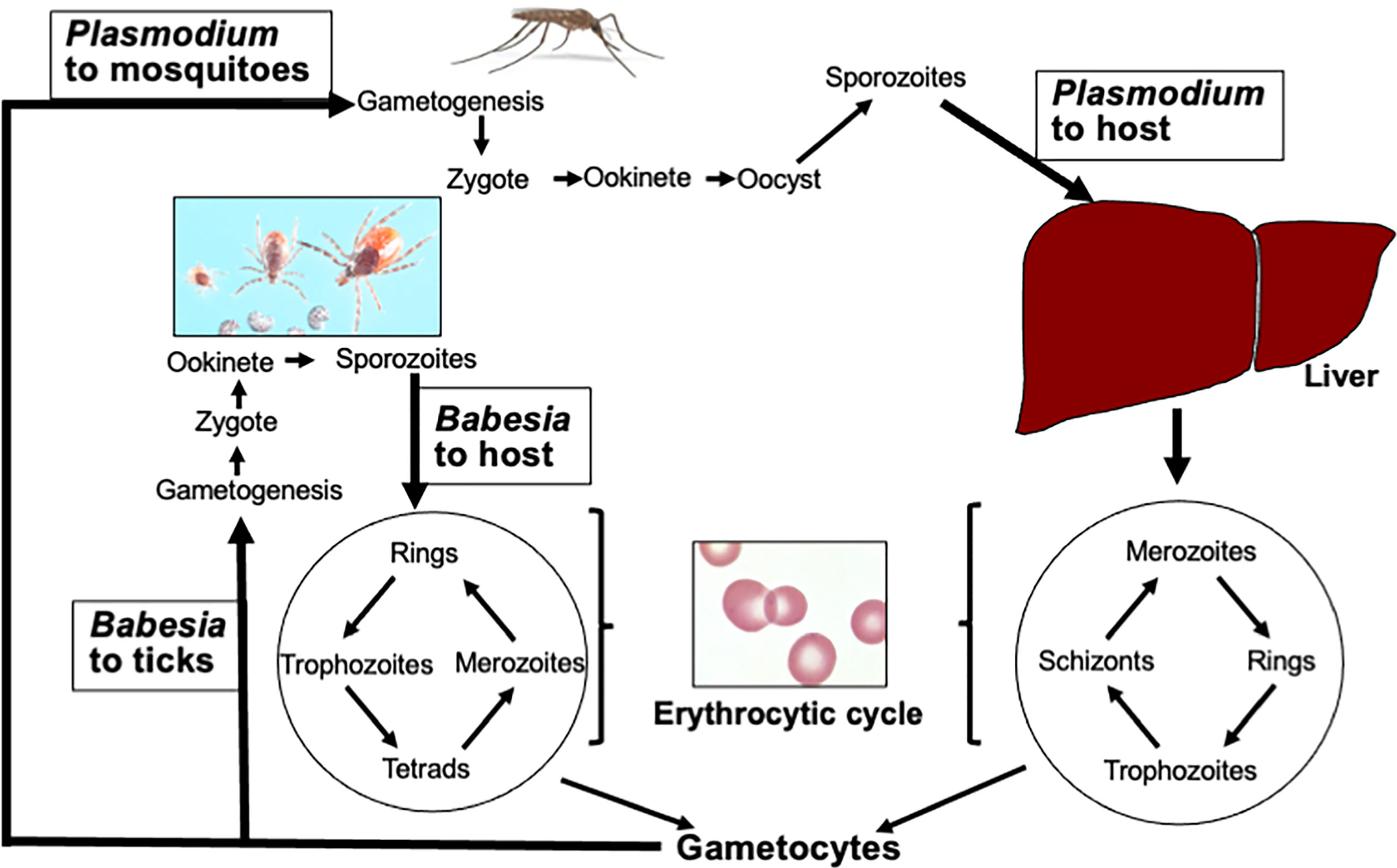
Frontiers Lessons Learned For Pathogenesis Immunology And Disease Of Erythrocytic Parasites Plasmodium And Babesia Cellular And Infection Microbiology
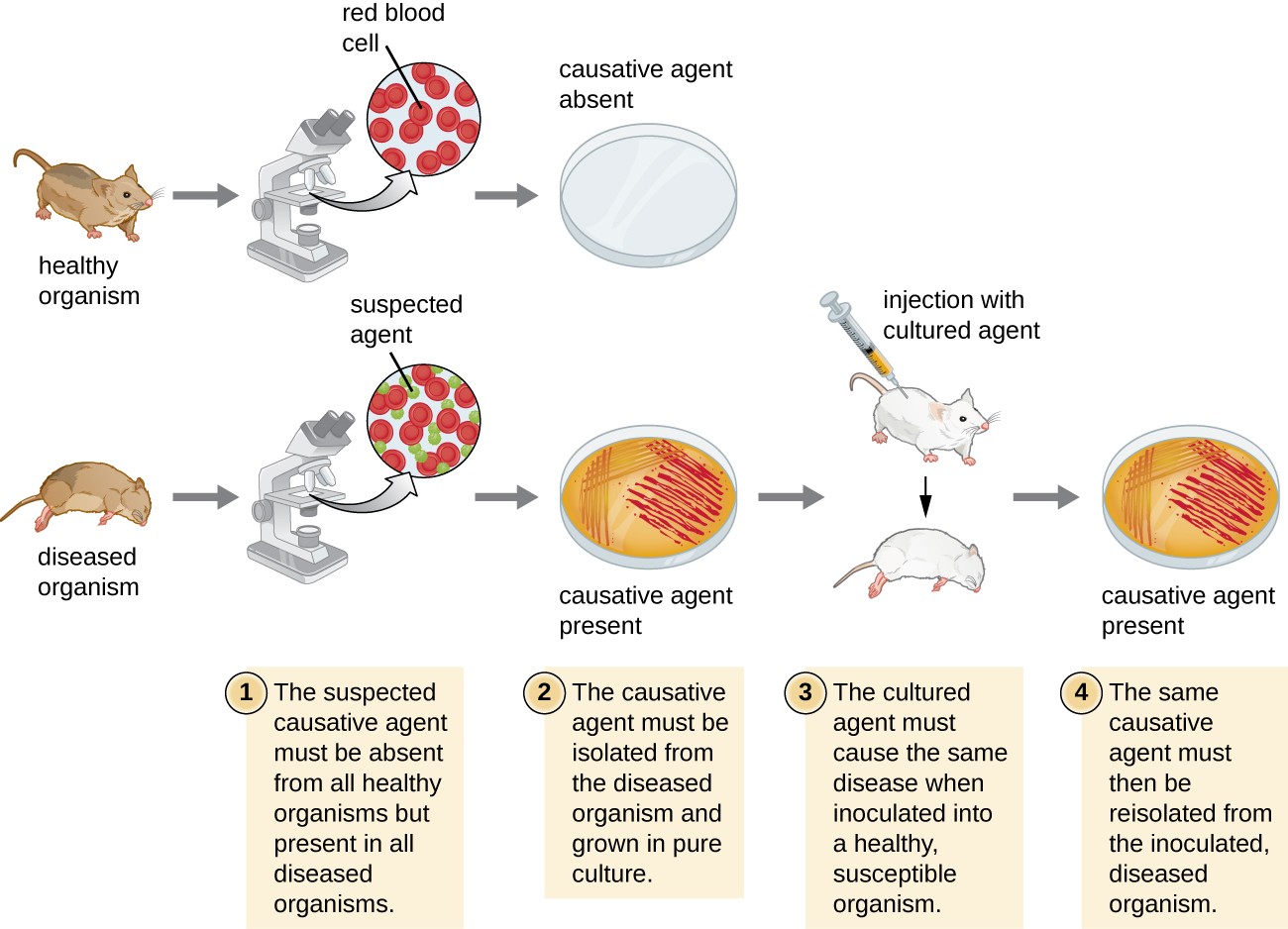
How Pathogens Cause Disease Microbiology

Stages Of The Human Herpesvirus Hv Infectious Cycle Hvs Enter Cells Download Scientific Diagram
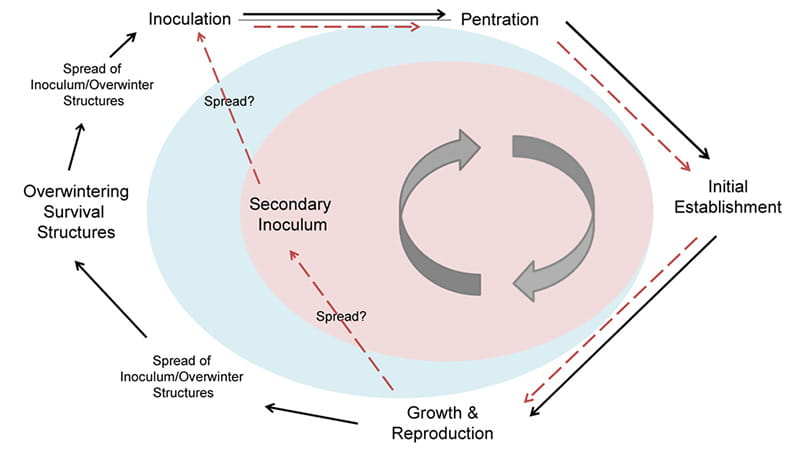
Plant Disease Pathogens And Cycles Cropwatch

A Brief Review On Group A Streptococcus Pathogenesis And Vaccine Development Royal Society Open Science
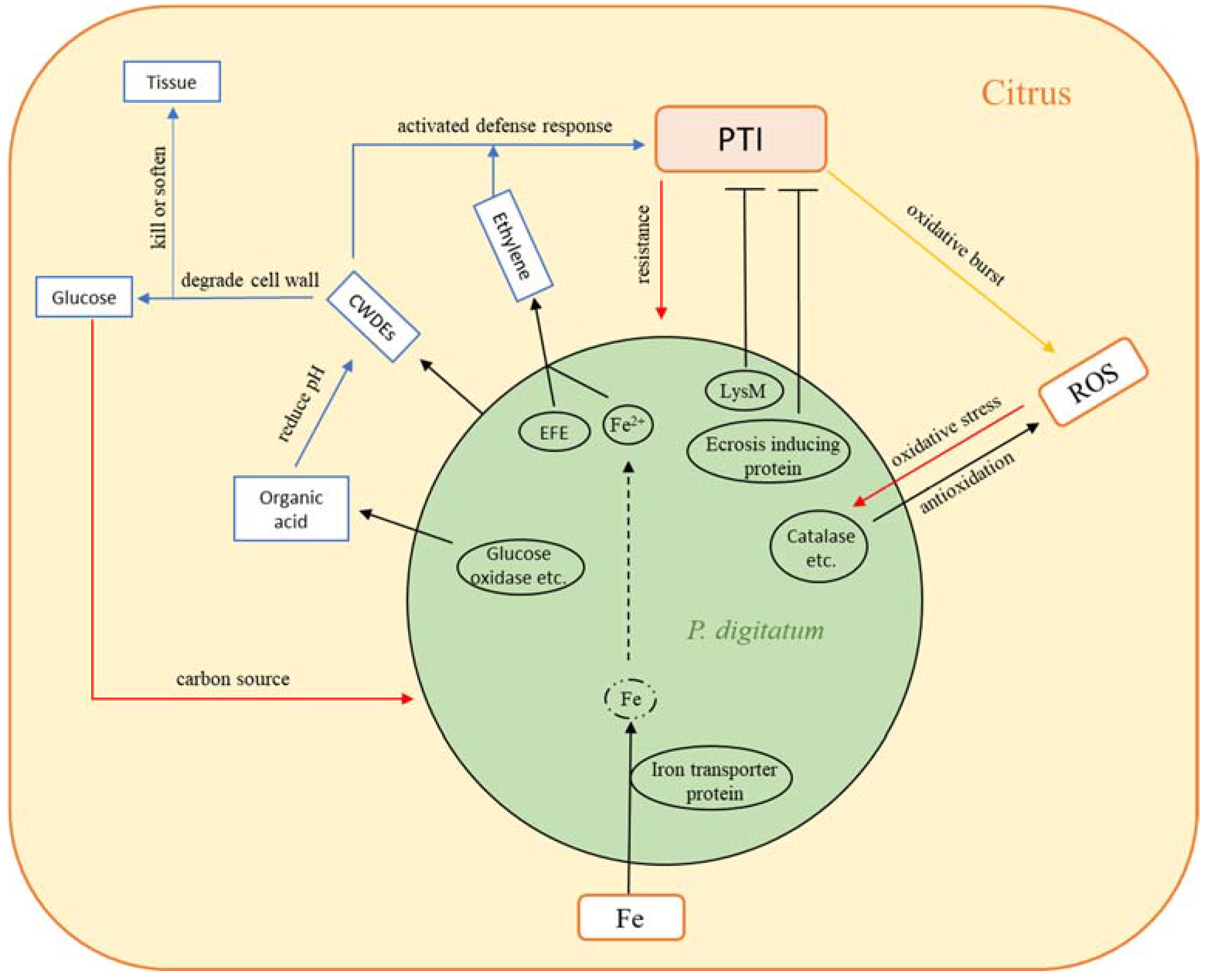
Microorganisms Free Full Text Study On The Infection Mechanism Of Penicillium Digitatum On Postharvest Citrus Citrus Reticulata Blanco Based On Transcriptomics Html
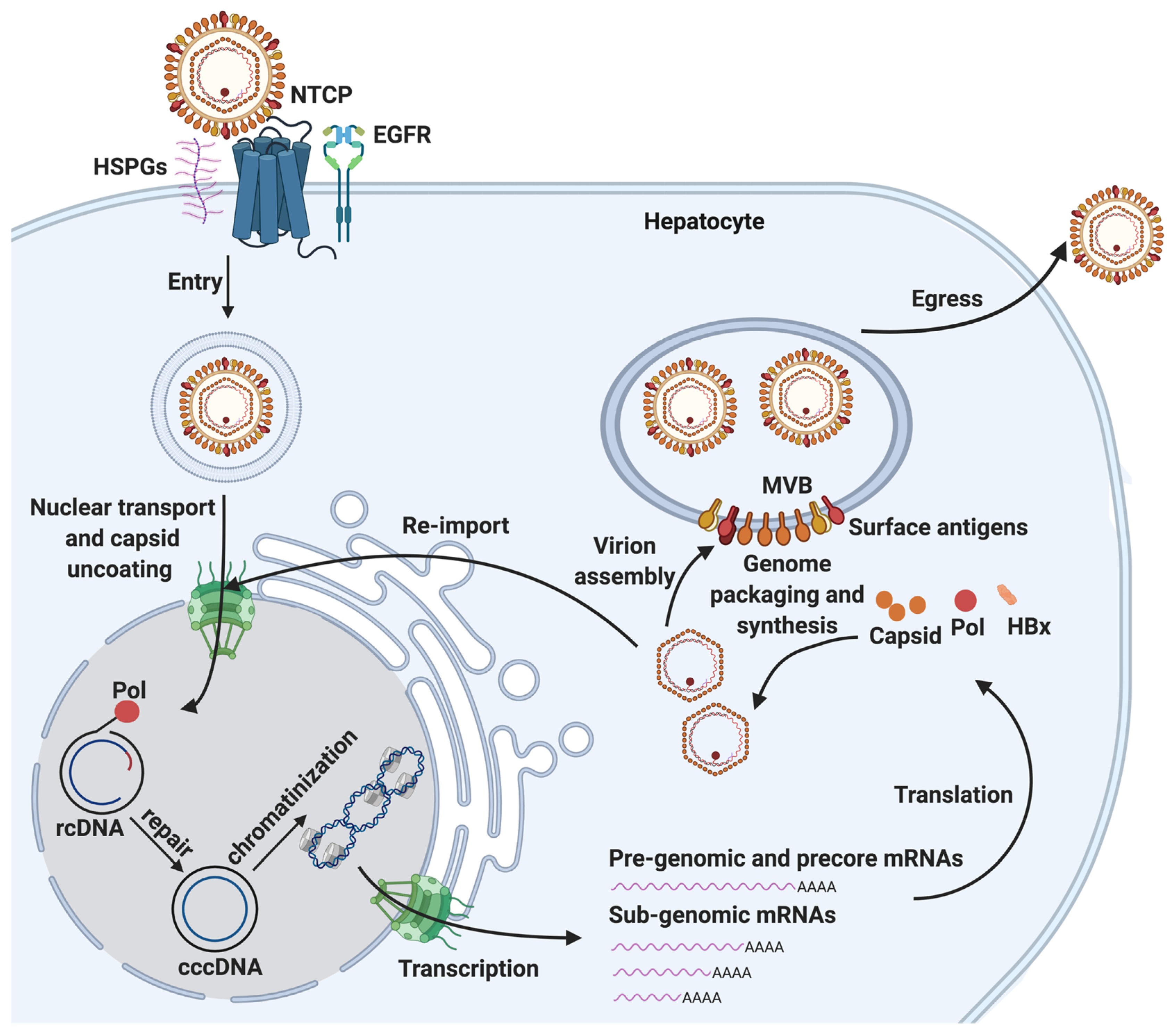
Viruses Free Full Text Mechanism Of Hepatitis B Virus Cccdna Formation Html
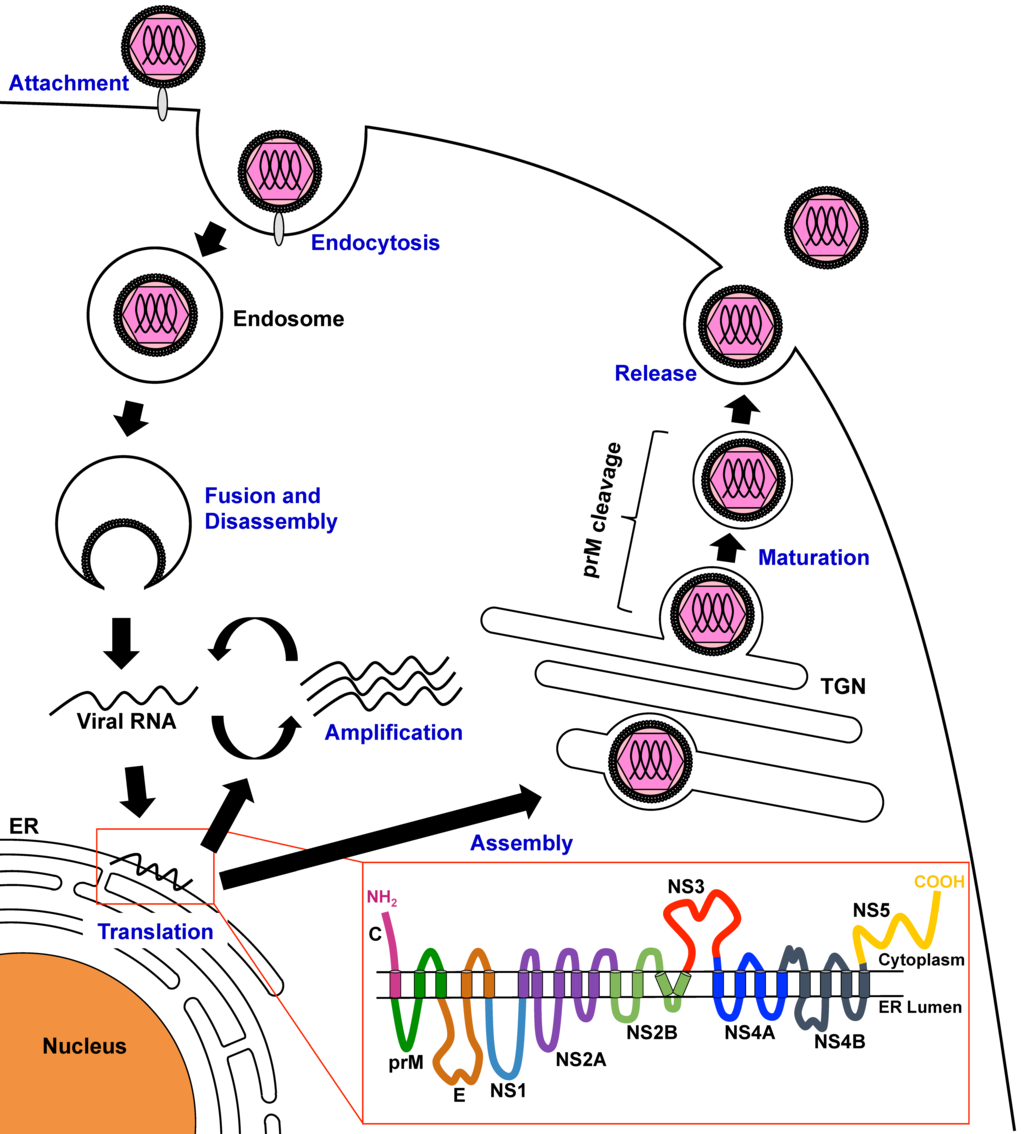
Viruses Free Full Text Dengue Virus Reporter Replicon Is A Valuable Tool For Antiviral Drug Discovery And Analysis Of Virus Replication Mechanisms Html
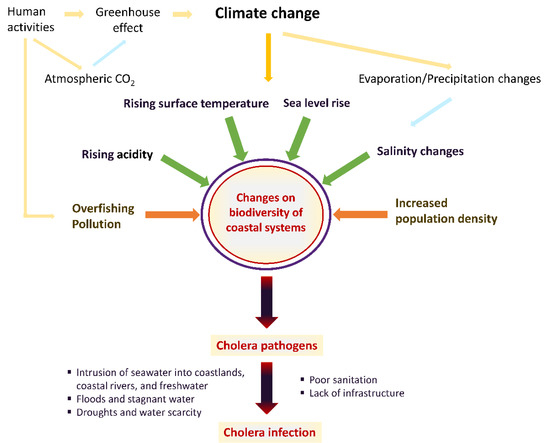
Atmosphere Free Full Text The Impact Of Climate Change On Cholera A Review On The Global Status And Future Challenges Html

What Is Bacteria Good Vs Bad Benefits And Common Types
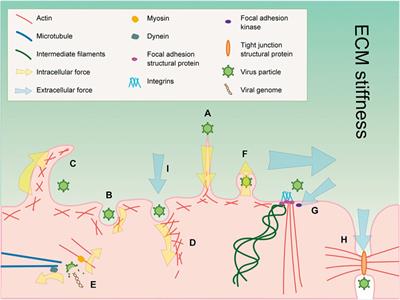
Frontiers How Physical Factors Coordinate Virus Infection A Perspective From Mechanobiology Bioengineering And Biotechnology
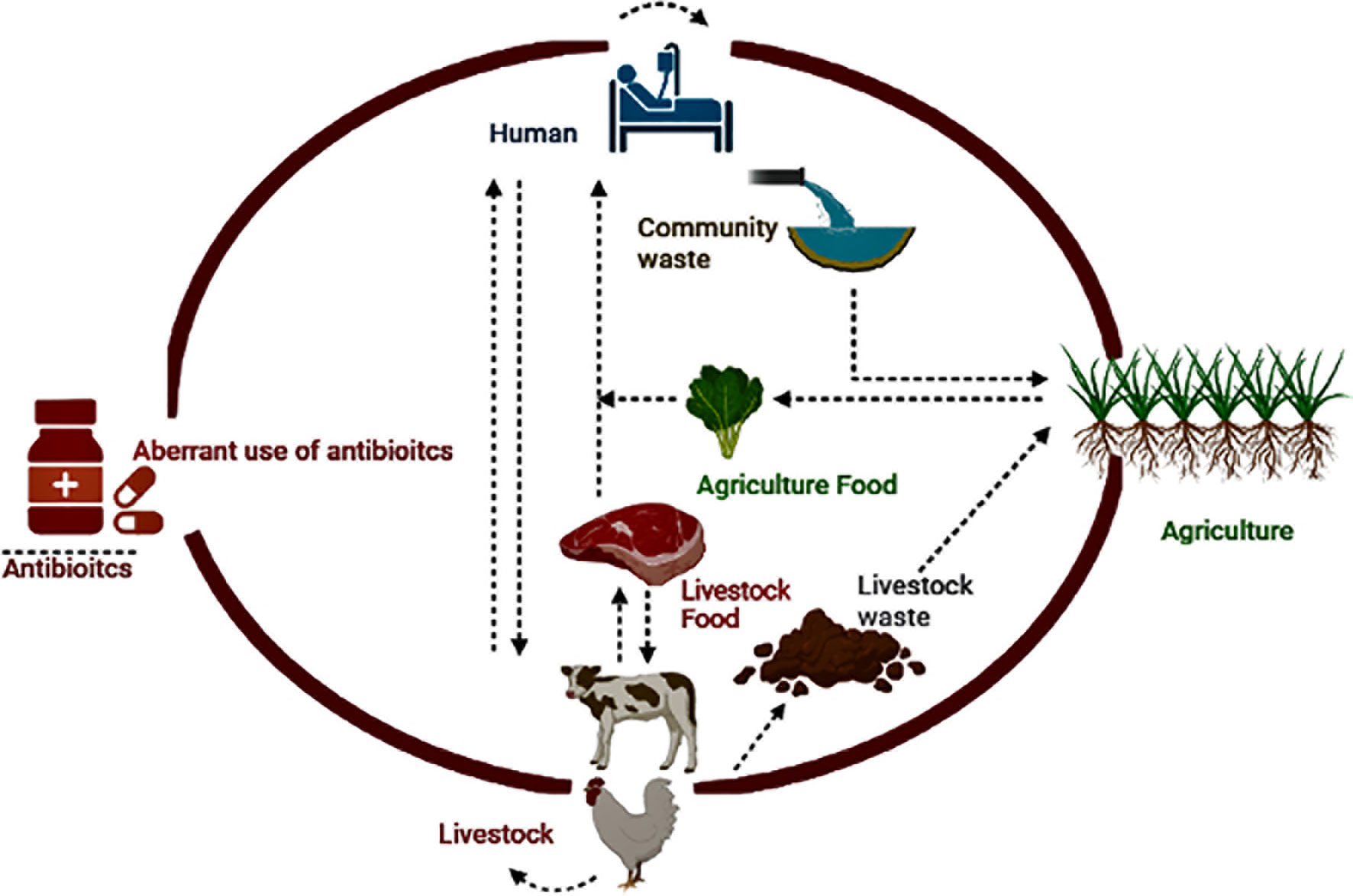
Frontiers Antibiotic Resistance One Health One World Outlook Cellular And Infection Microbiology

Break The Chain Of Infection Infectionpreventionandyou Org
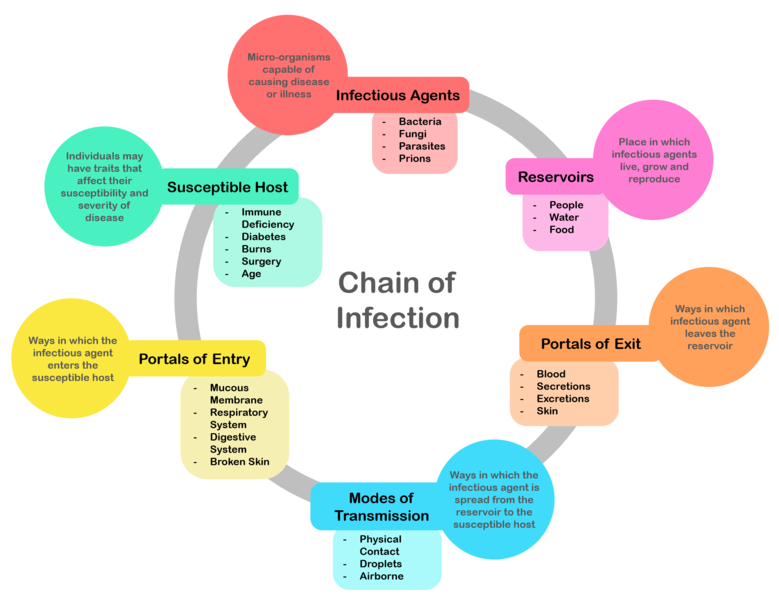
Infection Prevention And Control Physiopedia
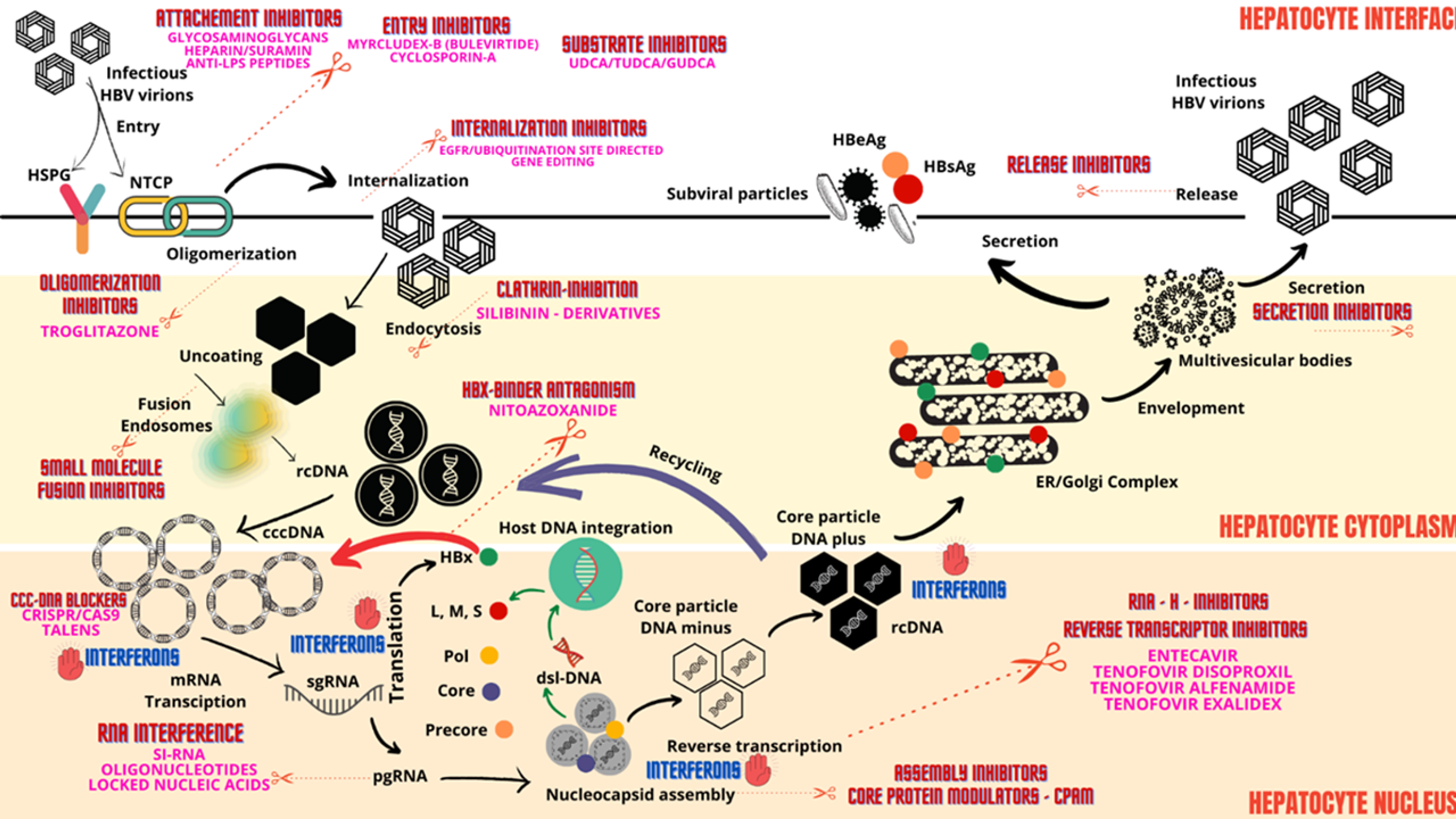
Cureus Critical Updates On Chronic Hepatitis B Virus Infection In 2021
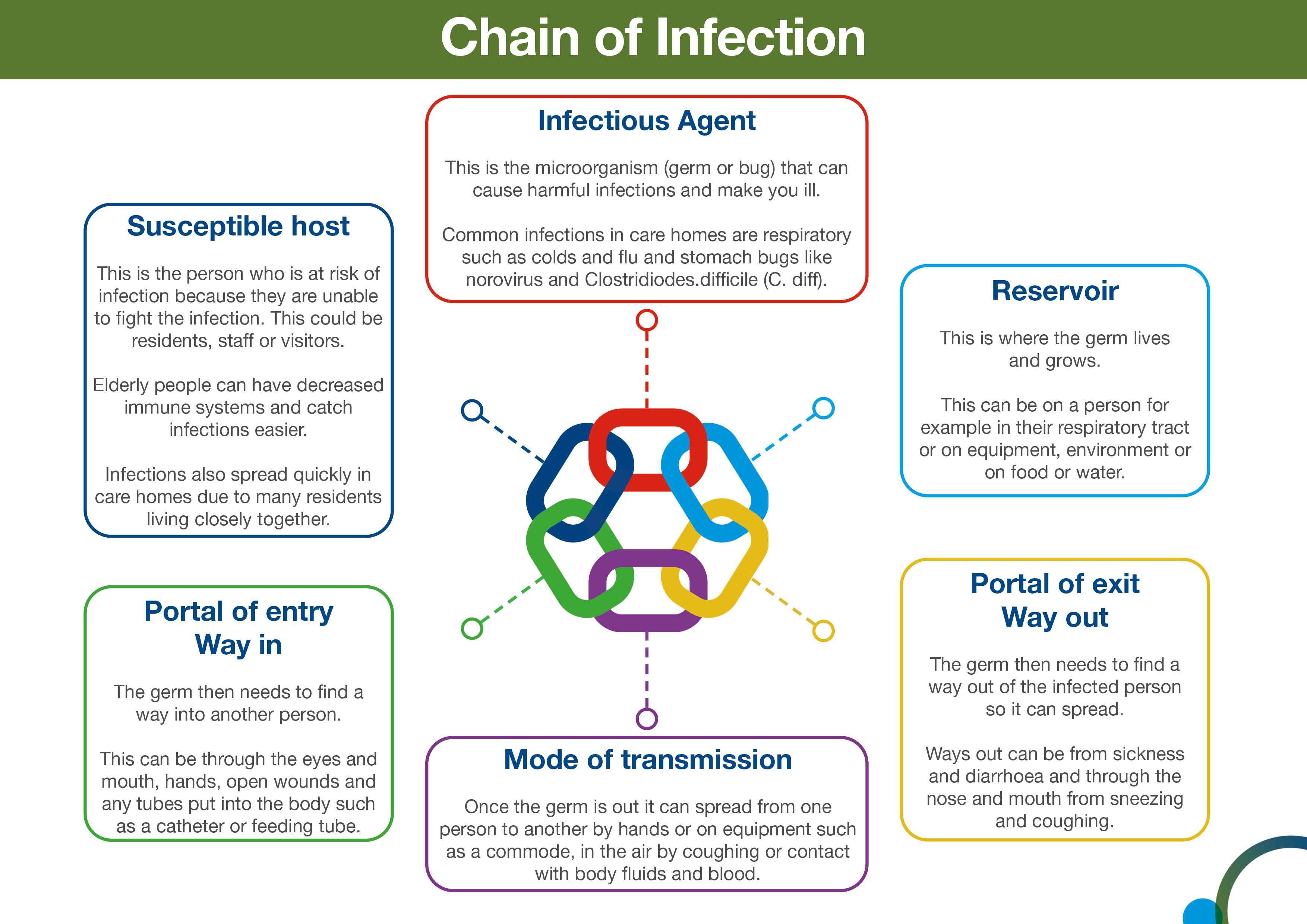
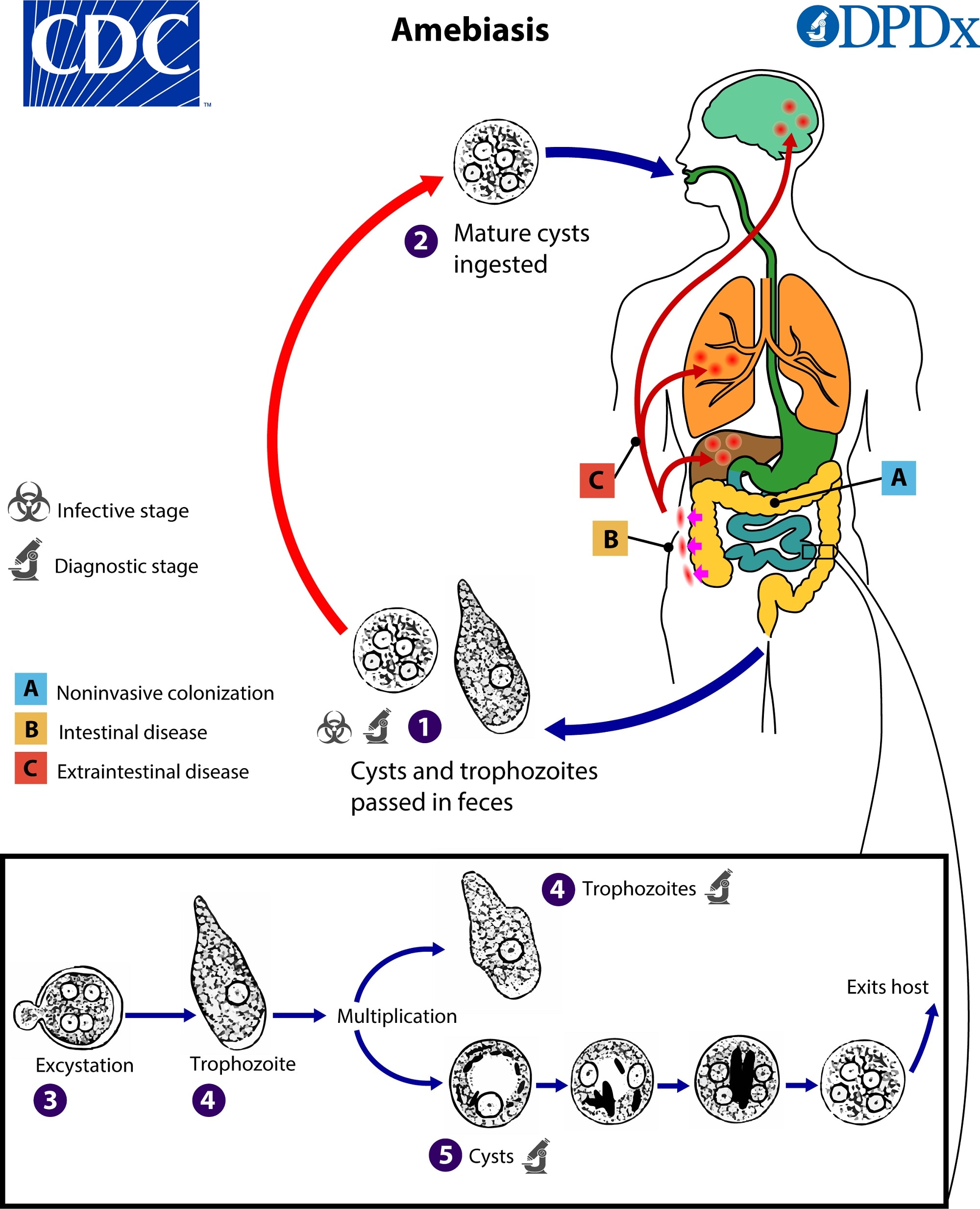
Comments
Post a Comment